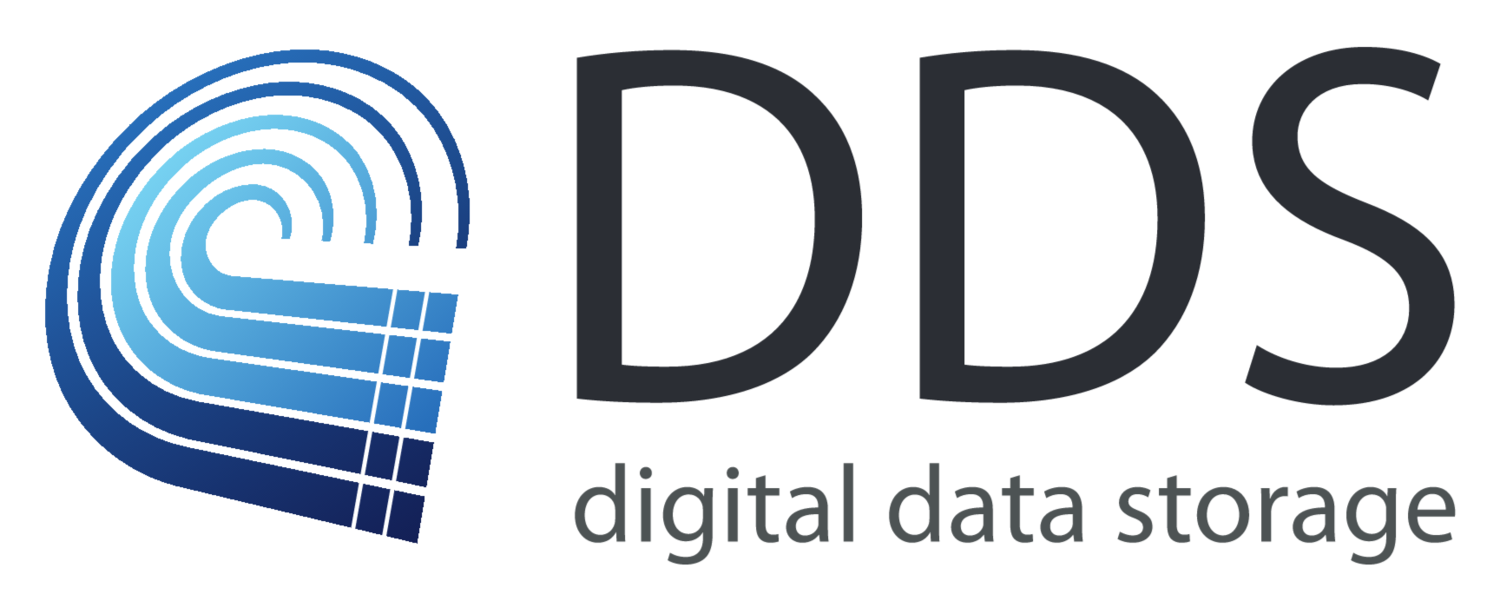NEC NEAX 61E / 61BR / 61M / 61Kai Magnetic Tape Emulation
History
NEC has been making telephone exchange equipment for over 100 years, but most of the installed base dates from the 1980s and 1990s. NEC is based in Japan but operates through a large number of offices around the world and telephone equipment is only a part of its business. Due to its innovative and competitive technology NEC has been a strong competitor in the telecommunications space for many decades.
While the core technology is the same through the NEAX 61 range, there are several variants of the technology. The 61E was widely deploys and typically usees Pertec tape drivers. The 61BR is essentially the same as the 61E, but was manufactured only for the Brazilian market.
Installed Base
Most of the installed base of NEC equipment is NEC NEAX 61E and related variants. NEC equipment is installed and running in large numbers around the world, particular in Asia and South America. Countries with significant installed bases include Japan, Malaysia, Brazil, New Zealand and Colombia.
Technology
NEC NEAX exchanges use several tape interface types, mostly Pertec, Cartridge (TEAC) variants and lower-level Kennedy-type interfaces. The DDS supports NEC NEAX Magnetic Tape Emulation by implementing all of these interfaces and providing plug-and-play access including the Kennedy interface.
NEC Japan has approved the DDS for sale around the world and it is the officially recommended NEC option in many countries.
Installation
NEC's Pertec implementation makes use of two 50-pin ribbon cables (labelled P1 and P2) which connect to the back of the tape drive. Generally there is an 8-pin power connector with -48V power. After entering a command to put the legacy tape drive out of service, the ribbon cables and power connectors can simply be disconnected from the legacy tape drive and connected to the DDS instead. There is no need to restart the exchange, install any interface cards or install or change any software or exchange settings.
Existing data can be copied to the DDS from magenetic tape using the NEAX exchange by connecting both a legacy tape drive and the DDS to the exchange. DDS supports the tape-to-tape copy command which is designed for this purpose.
The DDS is considerably smaller than all the existing tape drives used with NEC NEAX exchanges. A standard rack-mount tray is available for screwing the DDS into a rack. For the cartridge tape, where a controller and tape drive are combined in one unit, the existing tape drive can be disconnected and the DDS slides in perfectly on a supplied sliding caddy.
The DDS's NEC NEAX Magnetic Tape Emulation system provides a wide range of configuration options to make exchange operation easier. For example, the DDS estimates the time left for a tape backup and restore and displays this for the user. Tape backups can be copied off via the network or using a USB stick or SD card. The DDS also supports tape diagnostics emulation for maximum compatibility with existing processes.
Training
Since DDS provides a plug-and-play solution for the replacement of legacy magenetic tape drives, very little staff training is required. Existing exchange procedures can continue to be used without much change. The only major differences are:
- The DDS can 'change' a tape internally simply by selecting the tape name from the screen - there is no need to physically change the media
- If media is used (which is completely optional) it is SD cards or USB sticks instead of tapes
- Users can take advantage of network operation for remote file access if required
Support
We work with local partners to provide front-line support. Dedicated support engineers are available to assist with post-installation problems. We have a range of dedicated test equipment to assist with remote diagnosis, and our product engineers can also travel to most destinations to solve more difficult integration and data migration issues.

